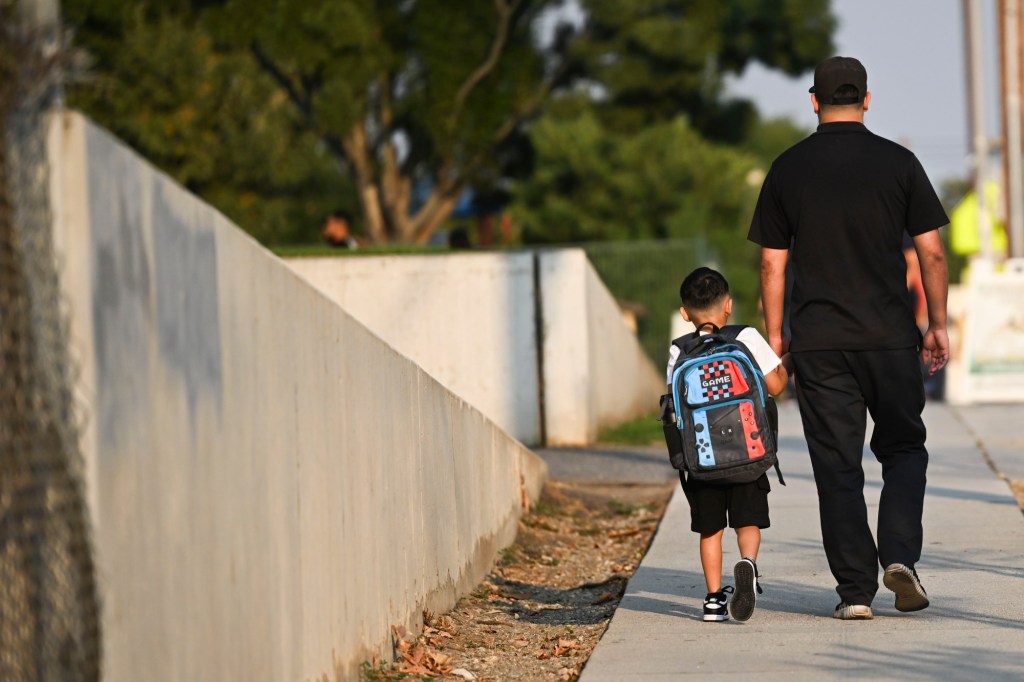
On a quiet stretch of the West Village, Bartolo echoes the inviting sound of vino blanco toasted among friends, cazuelas of suckling pig being set on tables and a sultry tempo of Spanish jazz into the neighborhood. The second restaurant from the team that brought Ernesto’s and its Basque country cuisine to the Lower East Side, Bartolo is set a few steps below street level—and a few steps back in time to the old world tavernas of Madrid.
From the sidewalk, the restaurant beckons passersby to descend into its three-room sanctuary, divided only by a curved, cavernous hallway, to try suckling pig cazuelas, vino blanco and porcelain platters of salted tomatoes. The front, 20-seat dining room is small yet airy and opens onto a petite patio of three additional bistro tables. The white stucco walls glow with vintage glass sconces even as the early evening sun beats down. A deep green, low ceiling with hand-painted wood beams complements the viridescent leather booths. A sumptuous bar takes up most of the entryway, while an additional, windowless red dining room with walls of Spanish art is outfitted with just six tables.
“We wanted a place where you could close your eyes and feel like you’re in Madrid,” chef Ryan Bartlow, who opened Bartolo with his wife, Davitta Niakani-Bartlow, and her sister and operating partner, Alexandra Niakani, told Observer. They aimed to create a space that weaved Madrid’s culture into a New York neighborhood that has housed historic Spanish restaurants since the 1920s, including El Faro, which shuttered in 2012, and Sevilla. To make Bartolo look as though it had been passed down from generation to generation, design firm Coseen Collection focused on sourcing a mix of old and new materials and decor from Spain, while Bartlow concentrated on the food.


My night in Bartlow’s Madrid begins on a Sunday evening when my server, Joe, a 20-something from St. Louis who thinks butter is good for the soul (I wholeheartedly agree), describes his favorite dishes in detail. His understanding of the ever-changing menu reflects a rigorous training, in which half the staff served and half dined on rotation for two weeks before opening. I order two of his recommendations, partly because of his enthusiasm and partly because I possess a deep reverence for anchovy butter and cold soup in August.
The anchoa y mantequilla, served on a small yet weighty speckled auburn plate, offers a mouthful of umami. Two thin, rectangular toasts, each crisp and delicately doughy, are covered by a thick, creamy layer of butter and topped with whole Calabrian anchovy. The welcomed saltiness and rich fat sink into my tongue as a city breeze blows through the patio and, for the seconds it takes me to chew, I feel transported across the Atlantic.
Tomates aliñados is a straightforward dish made with bright and juicy tomatoes sourced from Nicewicz Family Farm at the Union Square Market. Salted and swimming in a piquant pool of olive oil that begs to be sopped up with warm, crusty bread, a beautifully ripe tomato does all the work—and Bartlow lets it.


For as long as it remains on this season’s menu, the ajo blanco con melón is Bartlow’s rising star. It not only represents the distinction between Ernesto’s strictly Basque fare and the more regionally-infused, creative cuisine that comes out of a diverse Spanish city like Madrid, but also offers the sensation of being spoon-fed iced fruit while napping under a sculpted cypress tree in El Retiro park.
“In Madrid, kitchens are tiny, rooms are tiny. [A taverna] can be 30 years old or 200. Cooking is smart and intentional, with subtle nuances. You have to get inventive,” Bartlow said. For his traditional white gazpacho (and in response to the 100-degree days during menu planning), he got creative. He made a honeydew sorbet and macerated ice-cold melons to top the chilled soup of creamy pulverized almonds, vinegar, and salt. The base was smooth and ever-so-slightly earthy, with an accentuated sweetness. The texture and temperature created a palate cleanser before the platos principales.
For the main course, I tried the rabo de toro, a radically tender oxtail braised in red wine with a Spanish (not American-sized) portion of thick-cut, pub-style patatas fritas. The dish was fragrant and sticky, almost too heavy for a summer dine, but true to the hearty meats that come from Madrid.


The menu also has a couple light fish dishes, such as the Galician turbot. For $45, it has a tepid taste and a very simple pisto manchego that may have benefited from some spice. It is one of a few entrée choices for a pescetarian (plus, one vegetarian-friendly eggplant dish), but pales in comparison to the fresh appetizers that preceded it. Bartlow also offers a roasted suckling pig or lamb that must be ordered two weeks in advance at market price—the two dishes are reminiscent of his time falling in love with Spain.
A Chicago native, Bartlow was captivated by Spanish culture and cooking early on in his career. From 2003 to 2005, before moving back to Chicago to help open Alinea, he worked under chef Pedro Subijana at the Michelin-starred Akelarre in San Sebastian. He lived above a taverna in the seaside city’s hilly Basque country, where his roommate’s Andalusian mother taught him to make Salmorejo, a thick chilled tomato soup that Bartlow says will appear on Bartolo’s menu from time to time.
On his days off, Bartlow traveled to other regions with a group of young kitchen staff. One night, they visited a friend’s campo and followed a winding path to a tempered cave, where the family aged cheeses and fermented grapes. They gathered by a fire, chugging wine from a leather sack and devouring suckling milk-fed lamb from a clay vessel and forkfuls of patatas panaderas and bitter greens with olive oil and heaps of raw onion.


“The people, the food—I’ll probably never have that again. It was the best meal I’ve ever had in my life. I’m always trying to chase that high, that feeling, that sensation,” Bartlow told Observer. “That’s the kind of moment when food connects you to other cultures and people in a way that is almost ceremonial. It’s what restaurants should be about: Taking the moment to enjoy life.”
While Bartlow can’t recreate an ancient Spanish cave in downtown Manhattan, he does cultivate a series of moments that feel so rich I can bite, as I did my oxtail slipping off its bone, tenderly into them. It’s what distinguishes Bartolo as more than just another good neighborhood restaurant. It’s a story—and one worth re-reading.
<




